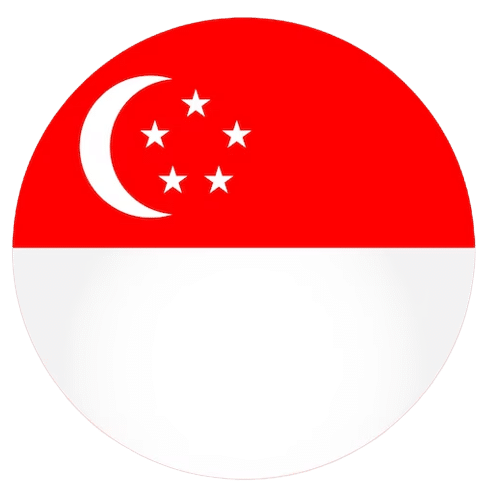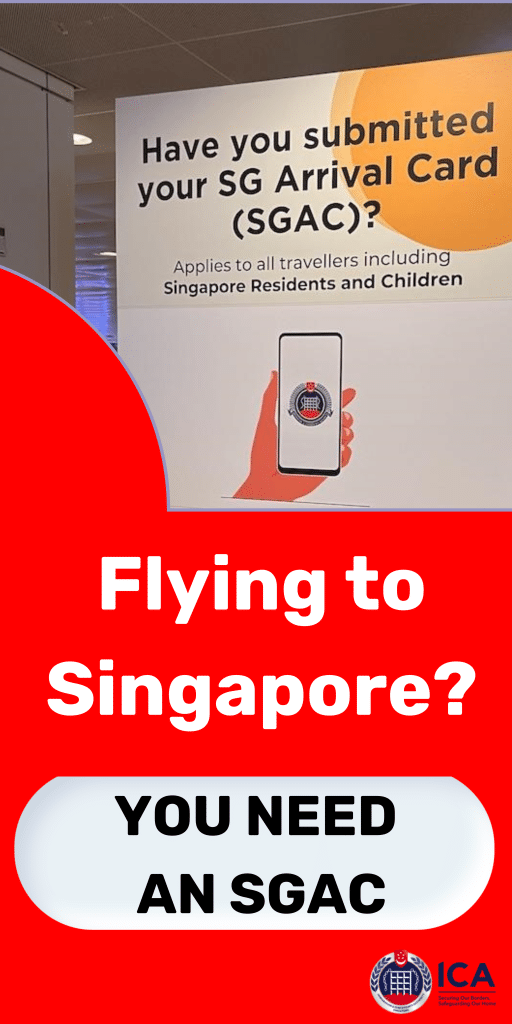The Japanese occupation of Singapore from 1942-1945 represents one of the darkest chapters in the nation’s history. Singapore fell under harsh Japanese rule for over three years after surrendering to Japanese forces in World War II.
This period brought immense suffering to Singaporeans. But it also irrevocably changed Singapore’s political consciousness and paved the road towards self-governance after the war.
This article will delve into key aspects of the Japanese Occupation – Singapore’s fall, life under the Japanese, the horrors of Sook Ching, challenges of rebuilding after liberation, and the occupation’s lasting impacts. Reflecting on this traumatic era deepens our appreciation for Singapore’s peace, unity and prosperity today.
The Fall of Singapore
- As key British naval base, Singapore was strategic target for Japan
- Japan invaded Malaya from Dec 1941, rapidly advancing south
- Ill-prepared British forces retreated to Singapore island
- After bombing raids, Japan crossed the Johore Strait on Feb 8, 1942
- Singapore surrendered on Feb 15, 1942 after just one week fighting
The British failure to adequately defend Singapore shocked locals who had believed in Singapore’s impregnability as an “island fortress”. Instead, Japanese forces swiftly overwhelmed supposedly superior British numbers and firepower.
Wartime rule began under the harsh authoritarian governance of General Yamashita.
Life in Singapore Under Japanese Rule
The Japanese military administration exerted tight control over daily life:
- Japanese Military Yen became currency, other money confiscated
- Japanese language made compulsory in schools
- Media and information strictly censored and propaganda spread
- Secret police (Kempeitai) ruthlessly enforced compliance
- Scarce food and supplies led to malnutrition, black markets
- Curfews imposed, suspected dissidents targeted
The population suffered immensely from fear, deprivation, and lack of basic needs. The occupiers showed little mercy, viewing Singaporeans with disdain. But some locals also profited by cooperating with the regime.
Horrors of Sook Ching
A key atrocity was the Sook Ching massacre conducted systematically across Singapore:
- Sook Ching meaning “purge through cleansing” in Chinese
- Japanese aimed to eliminate anti-Japanese elements
- Mass screenings to identify resistors, sympathizers
- Those suspected taken to remote sites and executed
- Estimated 25,000 to 50,000 killed though exact figures unknown
- Singapore Chinese community most heavily targeted
Sook Ching showed the occupants’ brutality and had a traumatizing impact. But Japanese also aimed the massacre as a warning to locals against challenging their rule.
Forced Mobilization and Hardships of Wartime Singapore
Japanese authorities mobilized Singaporeans to support their war efforts:
- Many forced into hard labor building defenses, infrastructure
- Tens of thousands sent overseas as wartime coolie labor (rōmusha)
- Some women forced into sexual slavery as “comfort women”
- Malnutrition and disease were rampant
- Access to medicine severely limited under wartime conditions
- Normal education disrupted; schools became sites of propaganda
Life under the Japanese was a constant struggle for survival. The social fabric frayed under such immense collective trauma.
Liberation and Rebuilding
- Japanese empire crumbled after atomic bombings of Hiroshima and Nagasaki
- British returned in September 1945 to formally accept Japanese surrender
- Singaporeans initially greeted British return with jubilation
- But economy and infrastructure damaged from neglect and war
- Rebuilding lagged under British postwar military administration
- Locals also increasingly disenchanted with British colonial rule
Though liberation brought relief, Singapore still faced major rebuilding. The British showed inadequate sensitivity regarding wartime suffering and slow pace of recovery. Resentment grew, fueling postoperative nationalism.
Lasting Political and Social Impacts
The Japanese Occupation had pivotal impacts on Singapore’s postwar history:
- Showed Singapore’s vulnerability under British defense promises
- Sparked stronger sense of Singapore identity transcending race/class
- Started shift in political consciousness towards self-governance
- Showed locals could organize grassroots systems without British
- Planted seeds for leftist anti-colonial political movements
- Deep wounds from communal atrocities like Sook Ching massacre
The failings of the British “safety myth” and shared suffering catalyzed desire for self-determination. Singapore would never be the same docile colony.
Conclusion
While a horrific period in Singapore’s past, reflecting on the injustice and collective endurance of the wartime era inspires deeper national appreciation. Singapore emerged scarred but more united in forging its own destiny. This helped energize the momentum towards independence.
By learning the grave lessons of the Occupation, Singapore continually strives to be vigilant regarding vulnerability, cherish social harmony, and build resilience as a nation. Singaporeans’ shared wartime hardship binds as a foundational chapter of the Singapore story.
From the ashes, Singapore renewed its spirit. The sacrifices of those who endured now give us purpose in creating an ever more just and resilient society.

Goh Jun Cheng is the chief staff writer for SingaporeAirport.com. Jun Cheng graduated with a degree in journalism from Nanyang Technological University in Singapore.
He has over 5 years of experience writing about aviation, tourism, and lifestyle topics relevant to locals and visitors in Singapore. His articles provide insights into the rich culture, cuisine, and attractions of Singapore. Jun Cheng is an avid traveler who has visited over 15 countries.
When he is not writing or traveling, he enjoys photography, trying new foods, and hiking. As a longtime Singapore resident, Jun Cheng is passionate about sharing hidden gems and perspectives about his home country.




